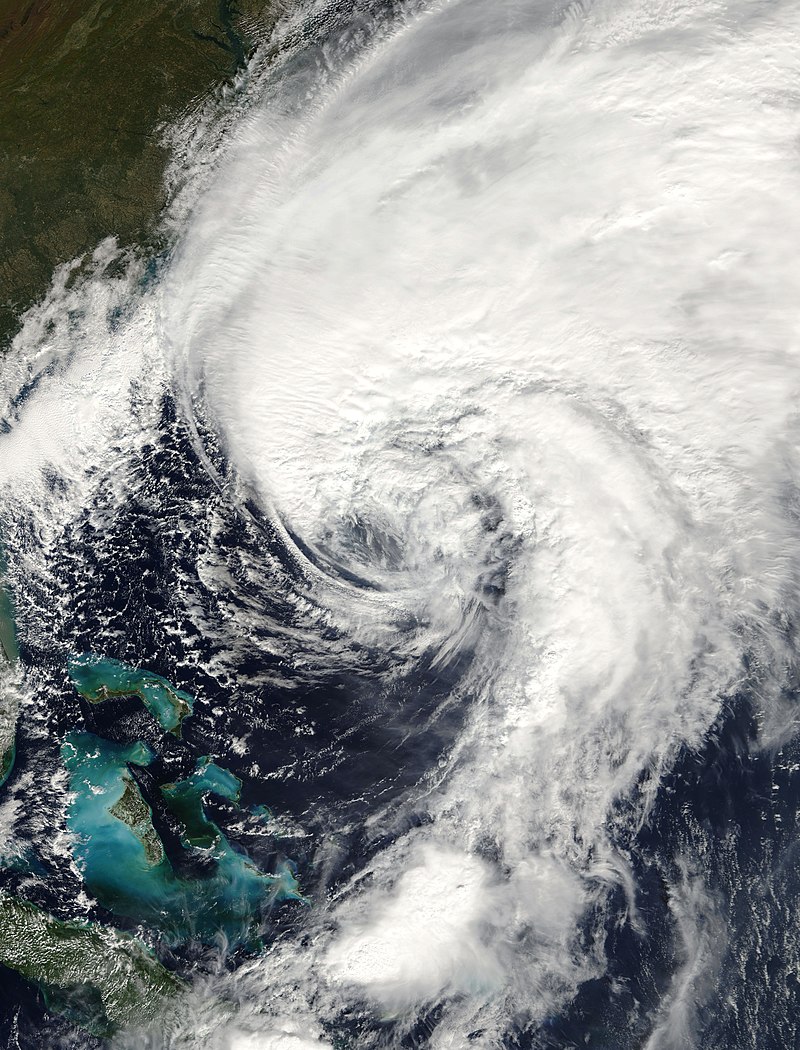This research article focuses on Hurricane Noel, a devastating tropical cyclone that wreaked havoc across the Atlantic Ocean, stretching from the Caribbean Sea to Newfoundland, during late October and early November 2007. As the sixteenth tropical depression, fourteenth named storm, and sixth hurricane of the 2007 Atlantic hurricane season, Noel formed on October 27, originating from the interaction between a tropical wave and an upper-level low in the north-central Caribbean. This article examines the progression of Noel, its impact on various regions, the loss of life, destruction caused, and the subsequent aftermath. Additionally, suggestions for improving preparedness and mitigating damage when faced with a similar hurricane threat are provided.
Introduction: Hurricane Noel emerged as a formidable force, intensifying to winds of 60 mph (97 km/h) before making landfall on western Haiti and the north coast of eastern Cuba. The storm’s path then turned northward, eventually attaining hurricane status on November 1. After crossing the Bahamas, Noel accelerated northeastward, transitioning into an extratropical cyclone on November 2. The Canadian Hurricane Centre initially classified Noel as a “post-tropical storm” until November 4, when it lost all tropical characteristics.
Impact on the Caribbean: Noel’s impact on the Caribbean was particularly devastating, causing widespread destruction and claiming numerous lives. The storm triggered severe flooding and mudslides, resulting in at least 163 direct fatalities primarily in the Dominican Republic and Haiti. The combination of torrential rainfall and rugged terrain exacerbated the vulnerability of these regions, leading to significant loss of life and infrastructure damage.
Landfall and Aftermath: As Noel progressed northeastward, it transformed into a powerful extratropical low pressure system, unleashing heavy rainfall, flooding, and wind damage across Maine and Eastern Canada. Atlantic Canada experienced substantial rainfall, while certain areas of Eastern Quebec and Labrador witnessed snowfall. The remnants of Hurricane Noel merged with Cyclone Tilo, a potent European windstorm, which subsequently contributed to the North Sea flood of 2007 on the night of November 8–9.
Losses and Recovery: The financial toll of Hurricane Noel’s destruction was significant. The cost of cleaning and rebuilding after the storm ran into millions of dollars. In addition to the tragic loss of life, numerous homes, infrastructure, and agricultural lands were severely damaged or destroyed along Noel’s path. The affected regions faced a long and arduous recovery process, requiring substantial assistance from local authorities, humanitarian organizations, and international aid agencies.
Preparing for Future Hurricanes: To safeguard against the threat of future hurricanes akin to Noel, it is vital to prioritize preparedness and adopt effective preventive measures. The following recommendations can help mitigate damage and protect lives:
Enhance early warning systems: Strengthen meteorological infrastructure and disseminate timely and accurate forecasts to ensure that residents in vulnerable areas receive sufficient advance notice.
Evacuation planning: Develop and implement well-defined evacuation plans, identifying evacuation routes, shelters, and methods to assist vulnerable populations.
Building codes and regulations: Enforce strict building codes and regulations that account for hurricane resilience, especially in coastal regions prone to storm surges and high winds.
Flood management: Invest in flood prevention measures, such as improved drainage systems and flood-resistant infrastructure, to minimize the impact of heavy rainfall.
Community education: Educate communities about hurricane preparedness, emphasizing the importance of personal safety, securing property, and creating emergency supply kits.
Interesting Fact: As a direct result of Hurricane Noel in 2007, meteorologists and researchers gained valuable insights into the interactions between tropical cyclones and extratropical systems. The merging of Noel’s remnants with Cyclone Tilo provided an opportunity to study the complex dynamics that contribute to the intensification and behavior of such combined systems, offering valuable knowledge for future forecasting and disaster management efforts.
Conclusion: Hurricane Noel’s destructive path across the Atlantic Ocean in 2007 left a trail of devastation and loss. It serves as a reminder of the importance of preparedness and resilience in the face of tropical cyclones. By implementing robust early warning systems, effective evacuation plans, and improved building codes, communities can reduce the risk posed by hurricanes and protect lives and infrastructure. Building on the lessons learned from Noel, it is crucial to continually enhance our understanding of these natural phenomena to minimize their impact in the future.




Leave a Reply